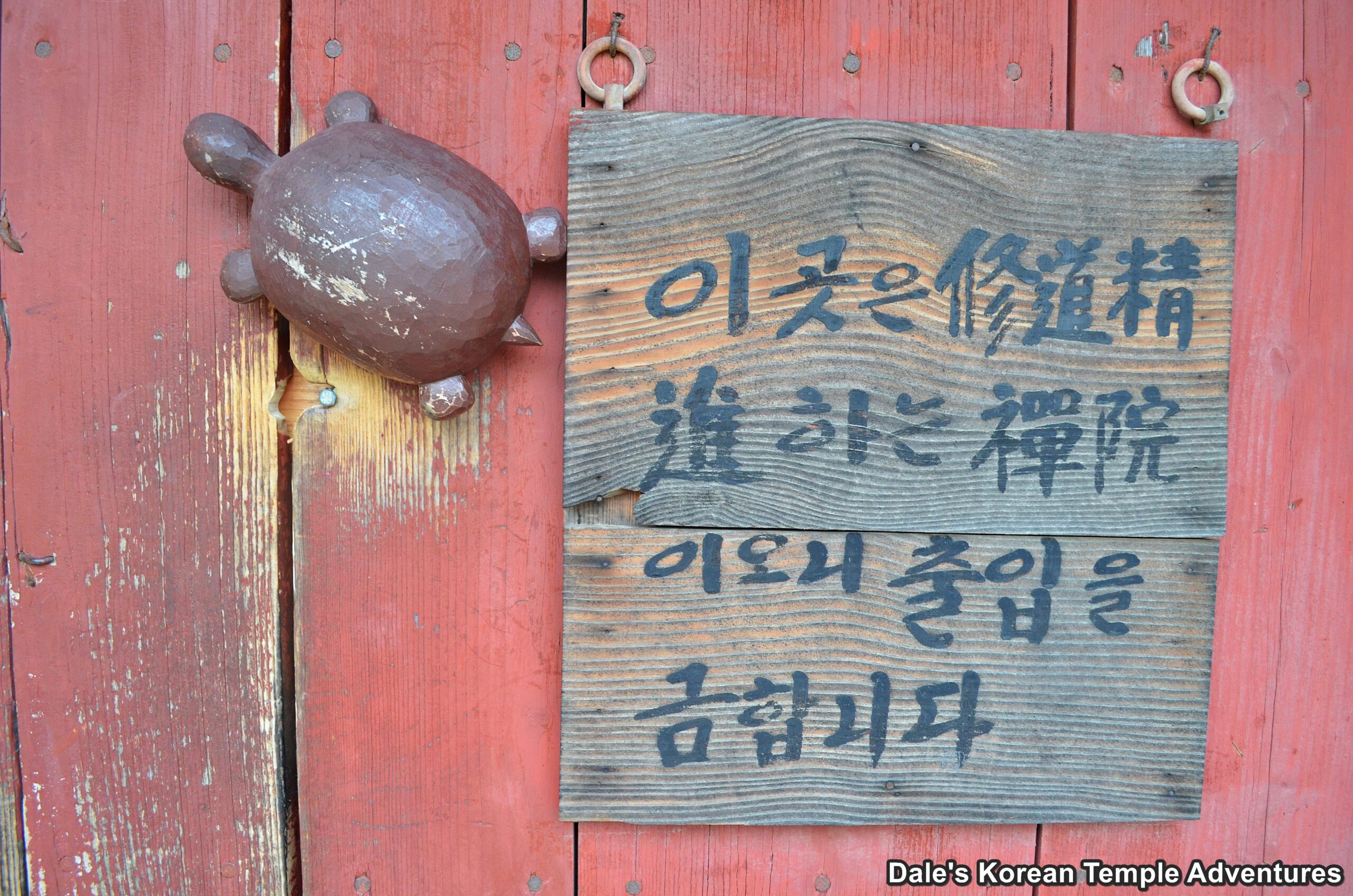Temple Architecture

Korean Buddhist temples and hermitages vary in size and shape. As a result, a temple can have any number of shrine halls and gates. Typically, a Korean Buddhist temple has at least one entry gate, but it can have as many as three or four. As for temple shrine halls, a temple will always have a main hall; but depending on which Buddha or Bodhisattva is housed inside it, it can be any number of possible main halls like a Daeung-jeon Hall or a Wontong-jeon Hall. Typically the larger a Korean Buddhist temple, the more shrine halls you’ll find. So a temple can have one or two temple shrine halls, which includes a shaman shrine hall (a unique feature to Korean Buddhism), or it can have almost a dozen. Below is a list of potential gates and shrine halls you might encounter at a Korean Buddhist temple. Click on the name of the shrine hall and/or gate below to follow the link.
1. Iljumun Gate – The One Pillar Gate: 일주문
2. Geumgangmun Gate – The Diamond Gate: 금강문
3. Cheonwangmun Gate – The Heavenly Kings Gate: 천왕문
4. Bulimun Gate – The Gate of Non-Duality: 불이문
5. Universal Salvation Pavilion – Boje-ru: 보제루
6. Daeung-jeon – Great Hero Hall: 대웅전
7. Geukrak-jeon – Paradise Hall: 극락전
8. Daejeokgwang-jeon – The Hall of Ultimate Silence and Light: 대적광전
9. Yaksa-jeon – The Hall of Yaksa-bul: 약사전
10. Mireuk-jeon – The Future Buddha Hall: 미륵전
11. Gwaneum-jeon – Hall of Avalokitesvara: 관음전
12. Myeongbu-jeon – The Judgment Hall: 명부전
13. Nahan-jeon – The Arhat Hall: 나한전
14. Josa-jeon – The Founder’s Hall: 조사전
15. Cheonbul-jeon – The One Thousand Buddhas Hall: 천불전
16. Yeongsan-jeon – Vulture Peak Hall: 영산전
17. Jong-ru – The Bell Pavilion: 종루
18. Sanshin-gak – The Mountain Spirit Hall: 산신각
19. Dokseong-gak – The Lonely Saint Hall: 독성각